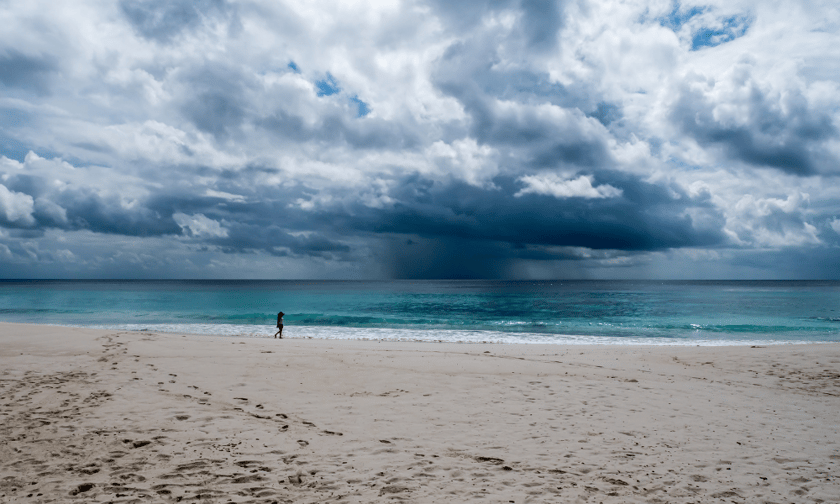

Tropical Cyclone Alfred’s potential to strike major Australian cities like Brisbane raises concerns about significant property damage, increased insurance claims, and business disruptions.
In response, most major insurers have already activated their emergency disaster management plans as the cyclone moves toward the southern Queensland coast.
The cyclone is expected to make landfall on March 7, targeting a densely populated region further south than typical cyclone paths. Although its exact strength and trajectory remain uncertain, past events suggest insured losses could exceed $2 billion.
Forecasts indicate that strong winds, heavy rainfall, and storm surges may affect areas along the east coast of Australia, from the Sunshine Coast in Queensland to the Northern Rivers region of New South Wales.
Brisbane, home to approximately 2.5 million people, lies directly in the cyclone’s projected path.
Local authorities have warned of the risk of extensive damage. Brisbane City Council estimates that about 20,000 homes could face inundation.
For comparison, the 2022 floods caused material damage to approximately 35,000 homes out of 245,000 total claims, resulting in incurred claims of $6.4 billion. The last major cyclone, Tropical Cyclone Debbie in 2017, led to around $1.8 billion in claims from 77,000 cases.
Australia’s property and casualty insurers are expected to rely on the Australian Cyclone Reinsurance Pool (ACRP) to manage initial losses. The ACRP covers the first layer of insured losses after insurers meet a deductible, with further losses backed by a $10 billion federal government guarantee.
Craig Bennett, credit analyst at S&P Global Ratings, said that Australia’s three largest property and casualty insurers maintain strong credit quality.
"Their maximum event retentions are well covered at the moment and represent about 20% of each entity's natural perils allowance," said Bennett. According to S&P’s global insurance capital model, these insurers have capital adequacy levels assessed as very strong or better.
The ACRP and government guarantee are expected to cover eligible property claims incurred within 48 hours of the cyclone’s impact. Losses outside the ACRP’s coverage – such as large commercial claims or extended flood damage – will be handled through insurers’ internal resources and substantial reinsurance programs.
As Cyclone Alfred approaches, how do you think the event will affect Australia’s insurance market and broader economy? Share your thoughts in the comments.
